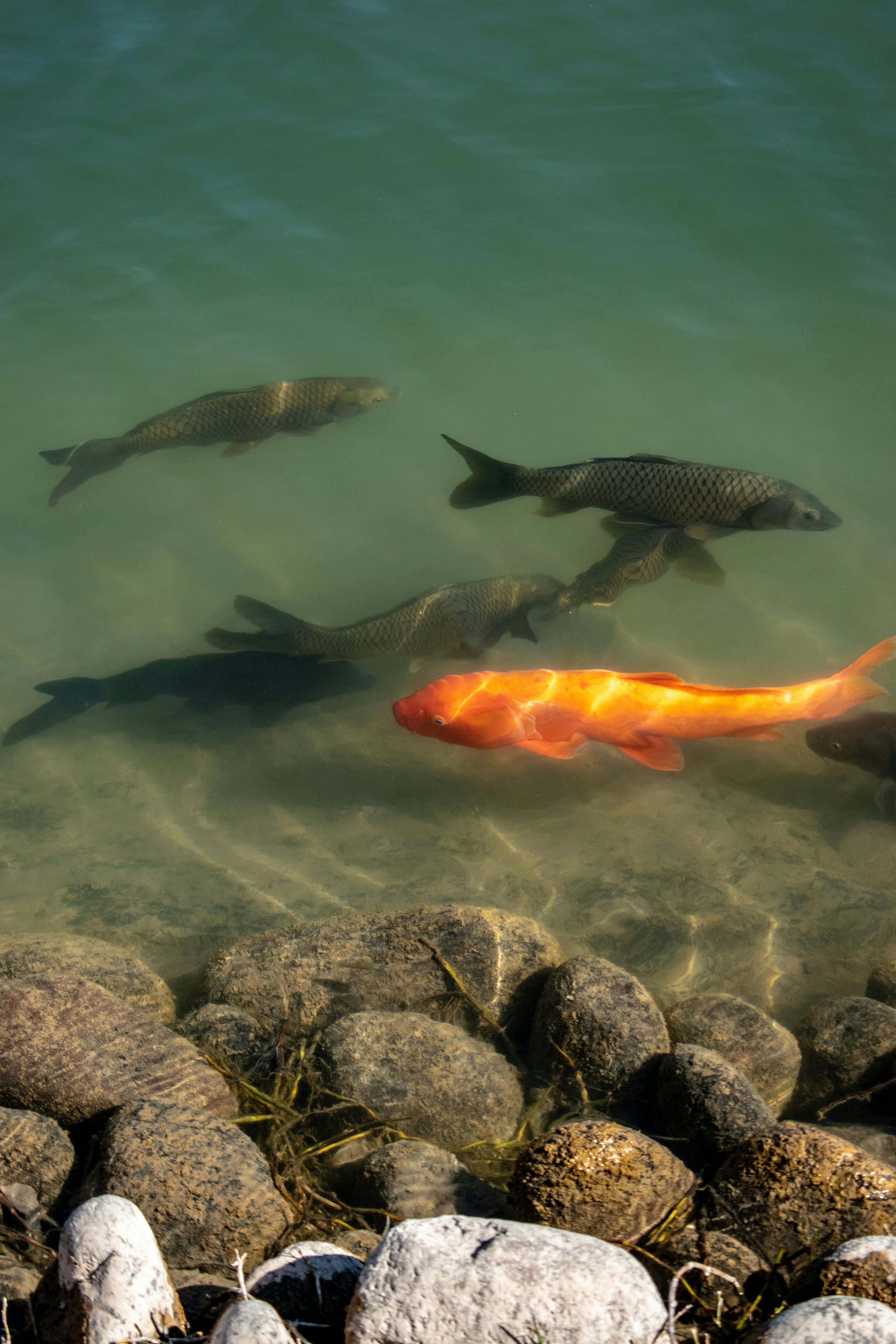Aquaculture Market Analysis: Growth Trends, Challenges, Sustainability, and Future Opportunities in Global Seafood Industry

Introduction
The aquaculture industry has witnessed significant expansion in recent years, driven by increasing global seafood demand, technological advancements, and sustainability initiatives. As wild fish stocks decline due to overfishing and environmental changes, aquaculture has emerged as a crucial solution to meet global protein needs. This article provides an in-depth analysis of the aquaculture market, covering key trends, growth drivers, challenges, and future prospects.
Market Size and Growth Trends
The global aquaculture market has experienced steady growth over the past decade and is projected to continue expanding. According to market research, the industry is expected to reach a valuation of over $300 billion by 2030, growing at a compound annual growth rate (CAGR) of 5-7%. This growth is fueled by increasing seafood consumption, advancements in breeding and feed technology, and government support for sustainable practices.
Several key trends are shaping the industry:
-
Rise of Recirculating Aquaculture Systems (RAS): Land-based aquaculture is gaining popularity as it minimizes environmental impact and optimizes fish production.
-
Growth of Alternative Feeds: Sustainable feed sources, such as plant-based proteins, insect meal, and algae, are reducing dependence on traditional fishmeal and fish oil.
-
Expansion in Emerging Markets: Countries like India, Vietnam, and Brazil are witnessing rapid aquaculture growth due to favorable climatic conditions and rising investment.
-
Technological Integration: The use of artificial intelligence (AI), Internet of Things (IoT), and automation in aquaculture farming is improving efficiency and reducing costs.
Key Growth Drivers
-
Rising Global Seafood Demand
With increasing awareness of the health benefits of seafood, global per capita fish consumption has surged. The growing middle class in developing countries has also contributed to the demand for high-quality protein sources, leading to increased aquaculture production. -
Decline in Wild Fish Stocks
Overfishing and climate change have led to a decline in wild fish populations, pushing the seafood industry towards aquaculture as a sustainable alternative. -
Government and Private Sector Support
Governments worldwide are implementing policies and incentives to promote sustainable aquaculture practices. Funding for research, infrastructure development, and training programs has accelerated industry growth. -
Advancements in Aquaculture Technology
Innovations in selective breeding, disease management, and precision feeding are improving fish yield and quality. Smart monitoring systems enable real-time water quality assessment, reducing fish mortality rates. -
Sustainability Initiatives
The shift towards environmentally friendly aquaculture practices, such as organic certification and responsible sourcing, is attracting conscious consumers and investors.
Challenges Facing the Aquaculture Industry
Despite its promising growth, the aquaculture sector faces several challenges:
-
Environmental Concerns: Water pollution, habitat destruction, and disease outbreaks remain major risks associated with intensive aquaculture farming.
-
High Production Costs: Infrastructure development, feed expenses, and energy consumption contribute to high operating costs, making profitability a challenge for small-scale farmers.
-
Regulatory Barriers: Strict environmental and food safety regulations in different regions can slow market expansion.
-
Market Competition: The presence of both large-scale and small-scale players increases competition, impacting pricing and market share distribution.
-
Climate Change Impact: Rising ocean temperatures, changing salinity levels, and extreme weather events pose a threat to aquaculture production.
Regional Market Insights
-
Asia-Pacific: The dominant player in the aquaculture market, with countries like China, India, Indonesia, and Vietnam leading production. Strong government support and technological adoption drive growth in this region.
-
Europe: A well-regulated aquaculture industry focusing on sustainable seafood production. Norway, Scotland, and Spain are key contributors.
-
North America: The U.S. and Canada are expanding their aquaculture sectors, especially in high-value species such as salmon and shellfish.
-
Latin America: Brazil, Chile, and Ecuador are key players, with strong shrimp and salmon farming industries.
-
Middle East & Africa: The industry is gradually growing, with a focus on sustainable farming techniques to enhance food security.
Future Outlook and Opportunities
The future of the aquaculture industry looks promising, with significant investment in research and sustainable solutions. Some key opportunities include:
-
Expansion of Land-Based Farming: RAS technology will likely gain momentum, reducing dependence on ocean farming.
-
Adoption of Biotechnology: Genetic improvements and disease-resistant breeds will enhance productivity and reduce losses.
-
Integration of AI and Big Data: Predictive analytics will help farmers optimize feeding schedules and environmental conditions for better yields.
-
Growing Consumer Demand for Sustainable Seafood: Companies investing in eco-friendly aquaculture practices will have a competitive advantage.
Conclusion
Aquaculture is poised to play a vital role in meeting global seafood demand while addressing sustainability concerns. The industry’s growth is supported by technological innovations, market expansion, and increasing consumer awareness. However, overcoming environmental challenges and regulatory hurdles will be crucial for long-term success. With continued investment and sustainable practices, the aquaculture market is set to thrive in the coming decades.
- Art
- Causes
- Crafts
- Dance
- Drinks
- Film
- Fitness
- Food
- Games
- Gardening
- Health
- Home
- Literature
- Music
- Networking
- Other
- Party
- Religion
- Shopping
- Sports
- Theater
- Wellness


